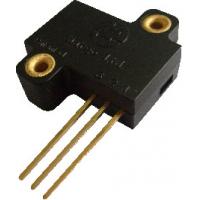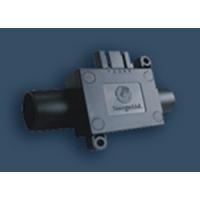Self Contained Sensor Analog Proximity Sensor - RPS-150A
· Adjustable Zero & Span· Broad Sensing Beam
· Range 2 to 40″ or 5 to 80″
· LED Strength Indicator
· Analog Current & Voltage Outputs
· Selectable Inverted & Non-Inverted Outputs
· Short Circuit & Reverse Polarity Protected
· Limit Switch Style Housing
- Model Number: RPS-150A
- Data Sheet:
- category: Sensors| ultrasonic sensor
Product Specification
RPS-150A Self Contained SensorAnalog Proximity Sensor
Max Range: 80 Inches
Features
· Adjustable Zero & Span
· Broad Sensing Beam
· Range 2 to 40″ or 5 to 80″
· LED Strength Indicator
· Analog Current & Voltage Outputs
· Selectable Inverted & Non-Inverted Outputs
· Short Circuit & Reverse Polarity Protected
· Limit Switch Style Housing
RPS-150A Overview
The RPS-150A analog ultrasonic sensor is mounted in a limit switch style housing and is completely self contained. It is powered by 20-30VDC, and is reverse polarity protected. It also has a wide beam angle which enables it to detect a target that is not at right angles. A flat target can tilt up to 35 degrees and still be detected. The RPS-150A has 2 short circuit protected analog outputs, 4-20mA and 0-10VDC. These outputs can easily be inverted and can be scaled over almost any range by means of adjusting the zero & span control. For set-up purposes an LED signal strength indicator is provided. The RPS-150A ultrasonic sensors can be used as level control devices for liquid level and bulk materials.
This LED is green when not detecting and fades to RED as a target moves into place, depending on how much reflected signal is coming back from the target. The frequency of operation is 38.5kHz. There are two ranges available in this model 2″ to 40″ or 5″ to 80″. It also features a quick disconnect (QD) receptacle. The housing is constructed of PBT plastic and has standard 30mm x 60mm limit switch mounting dimensions as well as side holes for mounting the sensor on its side.
Specifications





